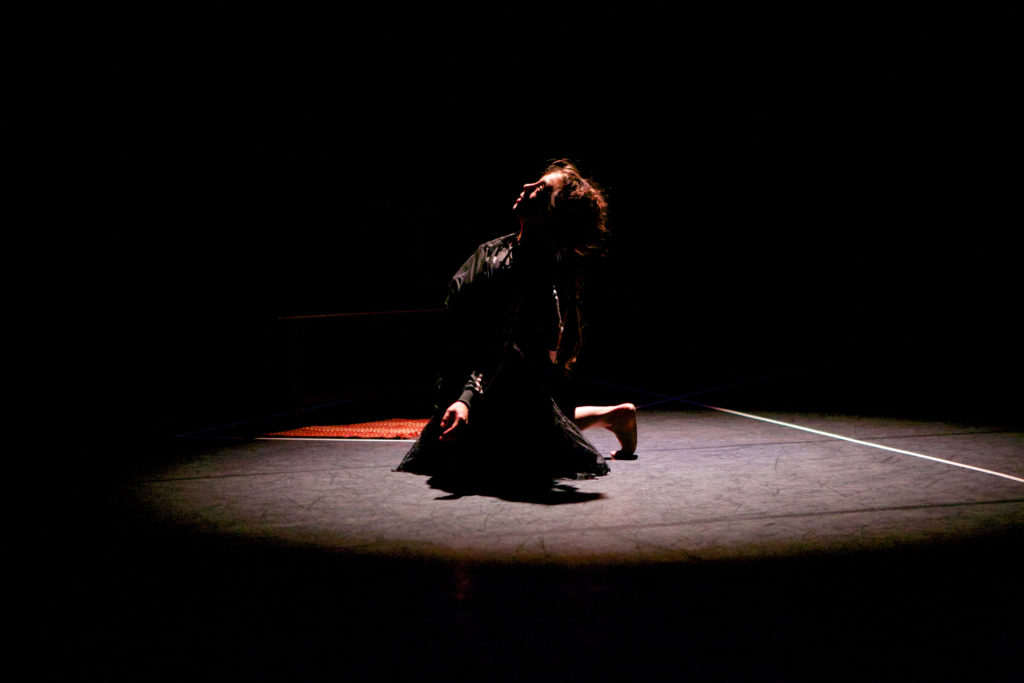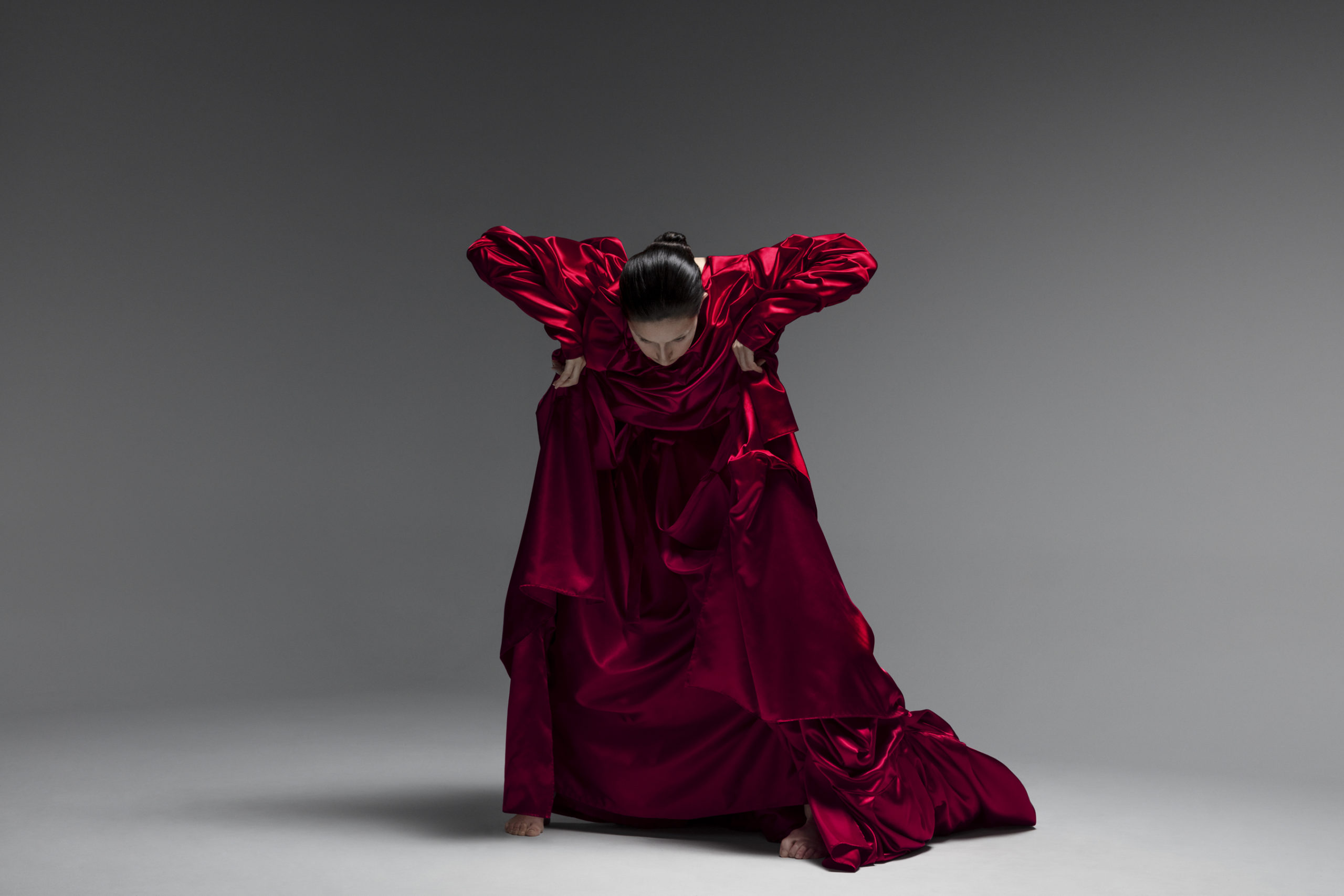How to Harness the Power of Stillness
If you ask Kendra Portier, stillness can be explored as deeply as movement can. “I think of stillness as this color that has a million different shades, a million different purposes,” says the contemporary choreographer and assistant professor at the School of Theatre, Dance, and Performance Studies at the University of Maryland.
Stillness can be loud or quiet, virtuosic or receptive. It can be a powerful magnet for the audience’s focus, says Vangeline, a New York City–based teacher, dancer and choreographer who specializes in Japanese butoh. “When someone stops moving, our attention zooms in because we are trained as observers to catch movement,” she says. “It’s a little trick butoh dancers use to shift the perspective of the audience,” adding that audiences’ mirror-neuron response to stillness can help them calm their own bodies and minds as they watch.
But there’s much more to stillness than simply the absence of movement, and for dancers used to near-constant motion, being still can be a physical, mental and emotional challenge.
The Power of Stillness
Musical theater choreographer and teacher Al Blackstone has a surprising request for the pieces he judges at competitions. “My biggest wish for young dancers and up-and-coming choreographers is please, just for a second, stop moving,” he says. “I just want to see you.” One reason why he craves stillness and employs it in his own work: “When someone stops dancing, you tend to all of a sudden see them as a human. You’ve stopped seeing them as what they’re doing, and you’re able to just see them as they are.”
Stillness can have a variety of compositional purposes, says Blackstone, each of which will impact a dancer’s approach: Is stillness being used to freeze or expand time? To shift focus to someone or something onstage? To draw attention to the shape the body is making? To powerfully contrast the movement? Whatever the intention, Portier says, keep in mind that “there’s a difference between stopping and just holding a shape versus really engaging with stillness as an act of composition and performance.”
For Vangeline, this means allowing the momentum generated by movement to continue into stillness, instead of “deflating like a balloon” once the motion stops. After all, we’re never truly still; we continue to breathe, and “a lot of small, internal currents begin to animate the body,” says Vangeline. “The nervous system is like a river—we can’t really shut down the river, but we can create a dam if we want to irrigate it in different directions.” Playing with these currents is a way of dancing inside of the body, she says, of “crafting a very delicate sculpture.”

How to Cultivate It
Stillness goes against dancers’ natural inclinations, for obvious reasons. But Vangeline says there is a deeper reason why stillness can be so hard to embody: “It’s a cultural thing—we don’t experience stillness much in the Western world,” she says. In addition to requiring patience, being still invites dancers to sit with their inner selves in a way that can sometimes be challenging, says Portier.
But just like movement, comfort with and command of stillness can be gained with practice. Vangeline recommends meditation as one way to start engaging with stillness. A breathing meditation at the beginning of class or rehearsal can help calm the nervous system and cultivate a feeling of centeredness. And a meditation or pause at the end of class, which both Vangeline and Blackstone often incorporate, is an opportunity not only to engage with stillness, but also to assimilate information learned during class. Portier, too, sometimes chooses to close her classes with stillness, which she sees as a chance for dancers to “sieve out anything they don’t need to take with them.”
If being completely still feels too daunting at first, Vangeline says that simply slowing down has benefits. Try starting with a very slow walk, either in the studio or on your own. “What we think of as normal speed is actually very fast for the nervous system,” she says. “By going slower, we start paying more attention to the sensitivity of the body and the internal experience of dance.” She also likes this Noguchi taiso exercise: Close one hand into a fist, then take three minutes to open the hand very slowly and three more minutes to close it back up. She recommends dancers try other movement practices that emphasize stillness or slowness, like butoh and tai chi.
Why Practice Stillness?
Dancers focused on growing as movers may struggle to justify time spent being still. But for Portier, engaging with stillness means “having access to my full range of palettes” and can have benefits beyond dance as a space for reflection, gratitude and catharsis. To Blackstone, being still means acknowledging that you have value even when you aren’t moving: “True confidence is to be able to be still and know that that is enough.”




